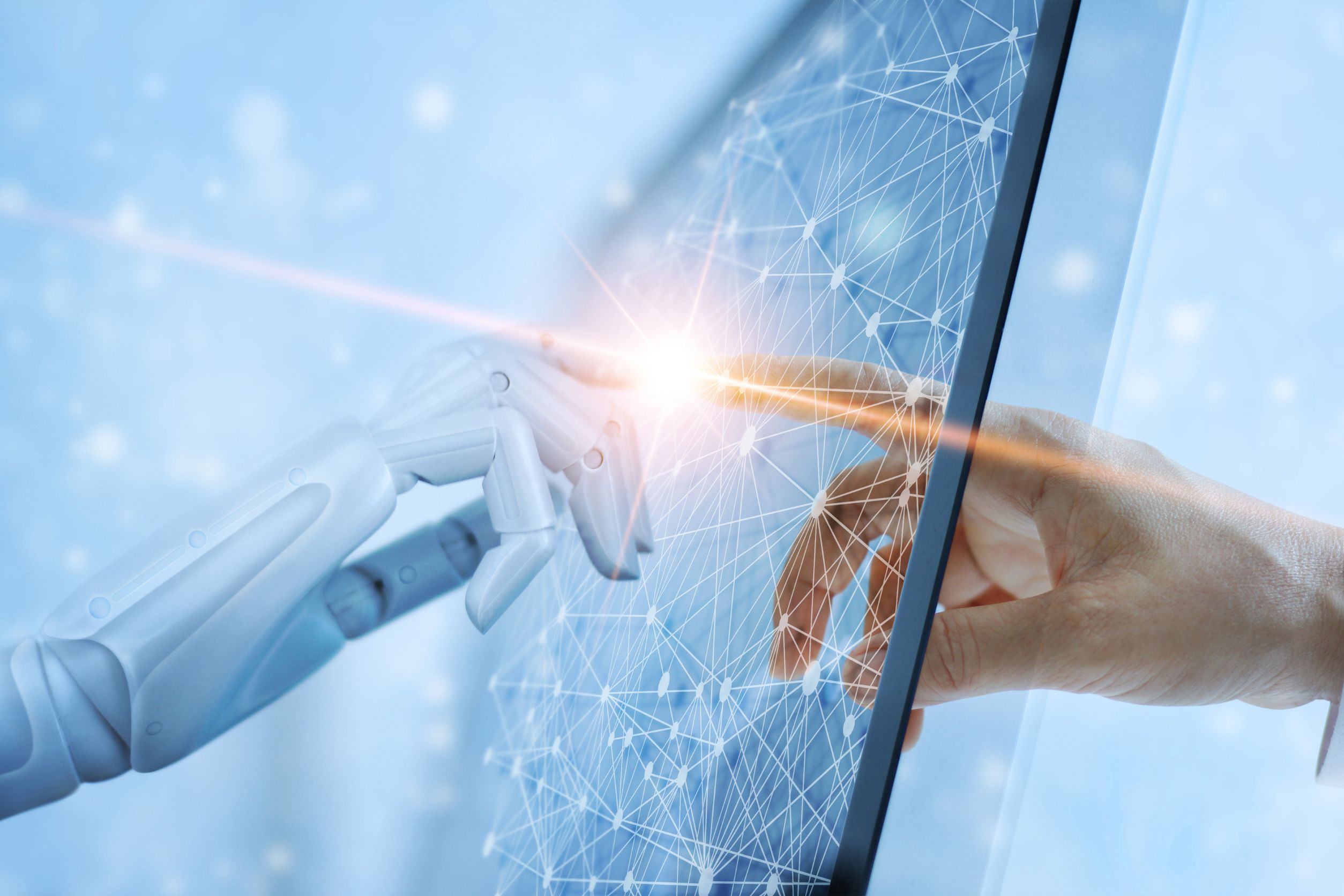
In the digital age, Artificial Intelligence (AI) often sounds like a storyline straight out of a sci-fi movie. But beyond the Hollywood dramatizations and sensational headlines, there’s a more grounded reality. Many people harbor misconceptions about what AI can and cannot do, influenced by fantastical portrayals and complex jargon. Let’s clear the air by debunking some common myths about AI, revealing the truth behind this transformative technology.
1. AI is Going to Steal All Our Jobs
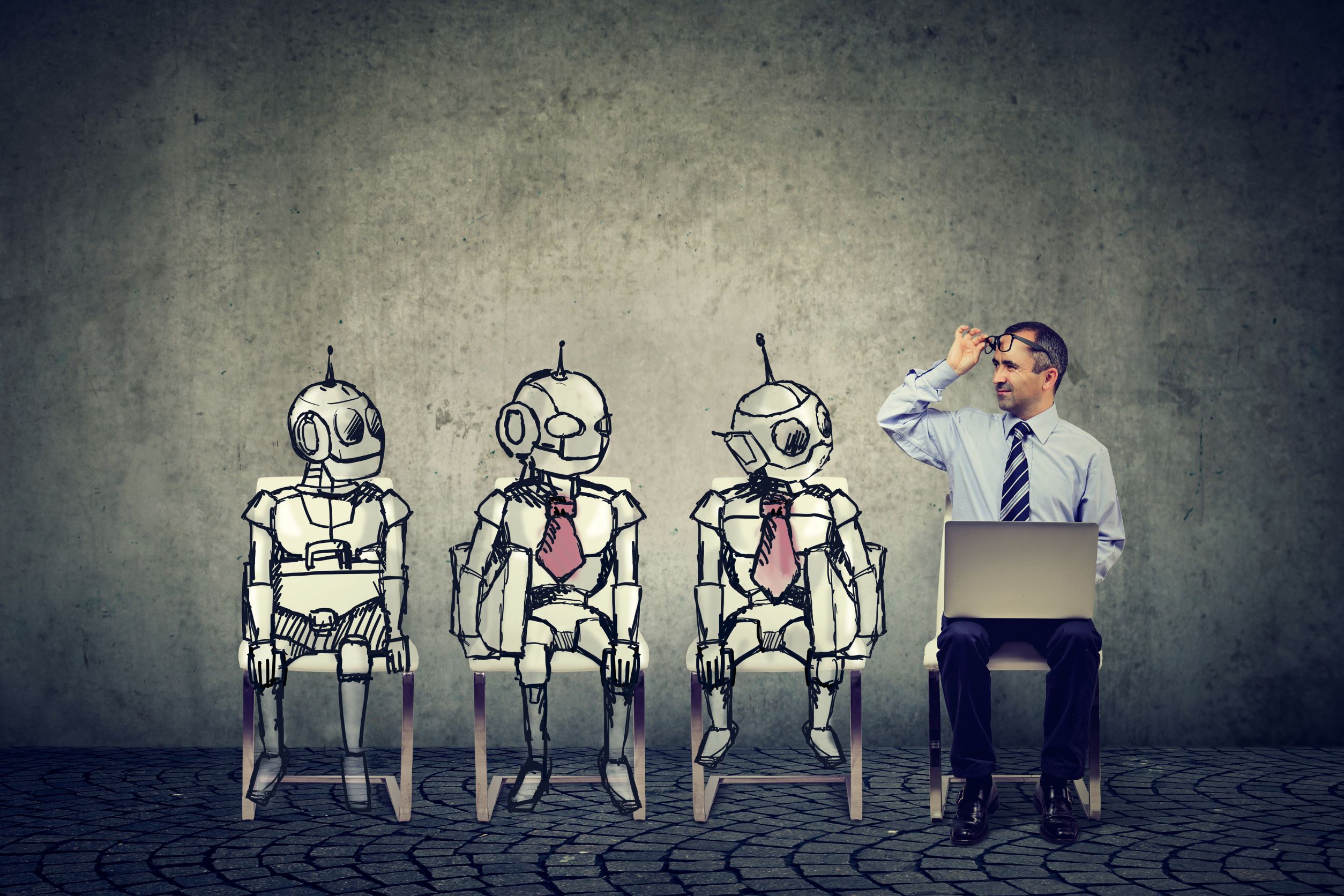
One of the most pervasive myths is that AI will eventually replace all human jobs, leading to massive unemployment. While it’s true that AI can automate certain tasks, especially those that are repetitive and predictable, it also creates new opportunities and industries that require human oversight and creativity.
Most experts agree that AI is not here to replace us but to augment our jobs and make us more efficient. Industries evolve, and with AI, new roles will emerge as fast as others become obsolete. Remember, every major technological advance has shifted the job landscape, and yet, here we are, still working!
2. AI Can Think Just Like Humans
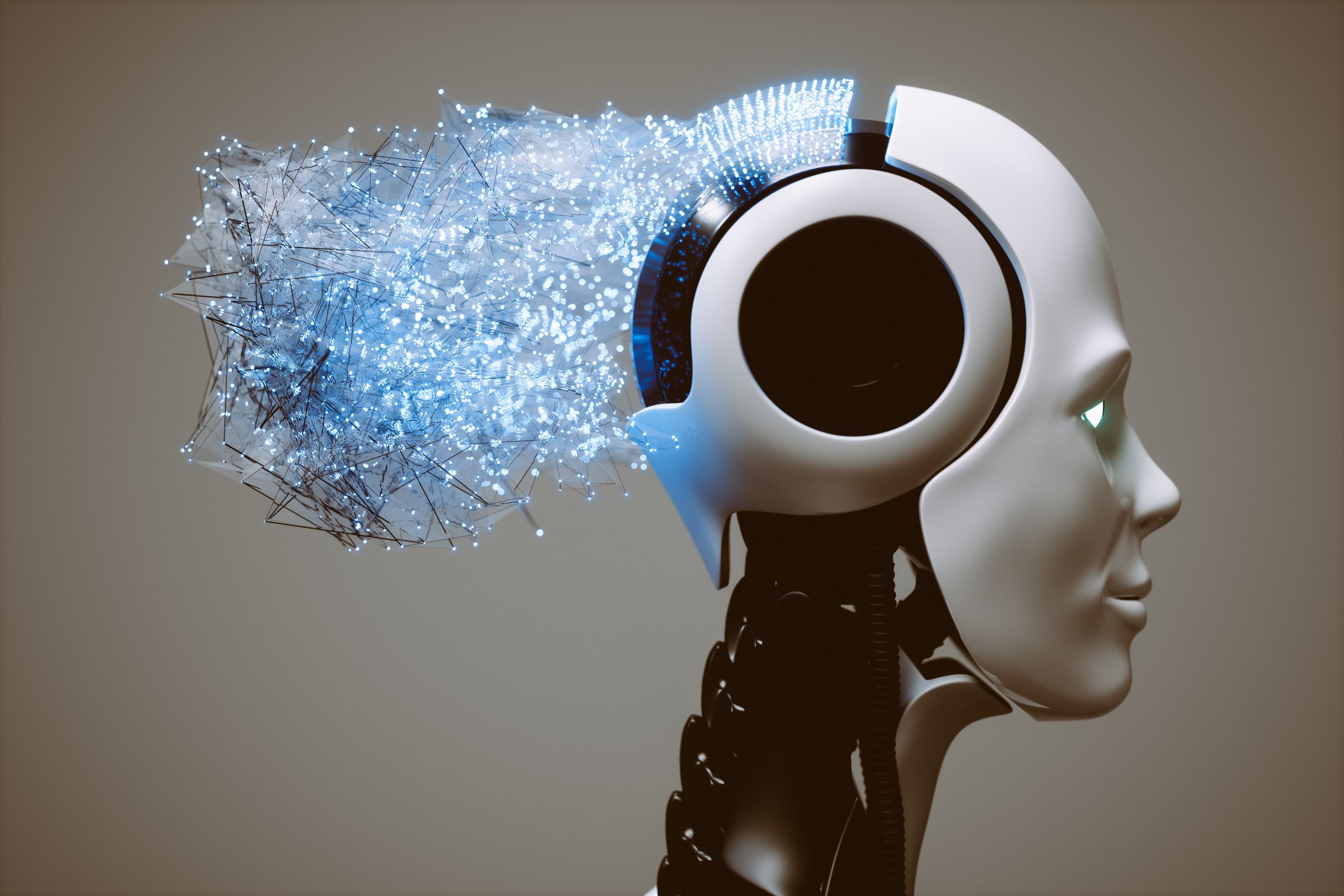
There’s a big difference between mimicking human thought patterns and actually thinking like a human. AI operates based on algorithms and data—it doesn’t have consciousness, emotions, or self-awareness.
It excels in processing vast amounts of information and identifying patterns much faster than a human can, but it lacks the ability to understand context or engage in abstract thinking. This means that while AI can help make decisions by providing data-driven insights, it relies on human guidance for any subjective interpretation.
3. AI Can Solve Any Problem

AI is not a magic wand. It requires a specific set of conditions to work effectively, including access to relevant and substantial data. AI performs well in controlled environments where the parameters are clear, and the outcomes are predictable.
However, it struggles with ambiguity and complexity that require holistic understanding or moral judgment. The effectiveness of AI is contingent upon the quality of the data it’s fed and the appropriateness of the algorithms applied.
4. AI is Infallible
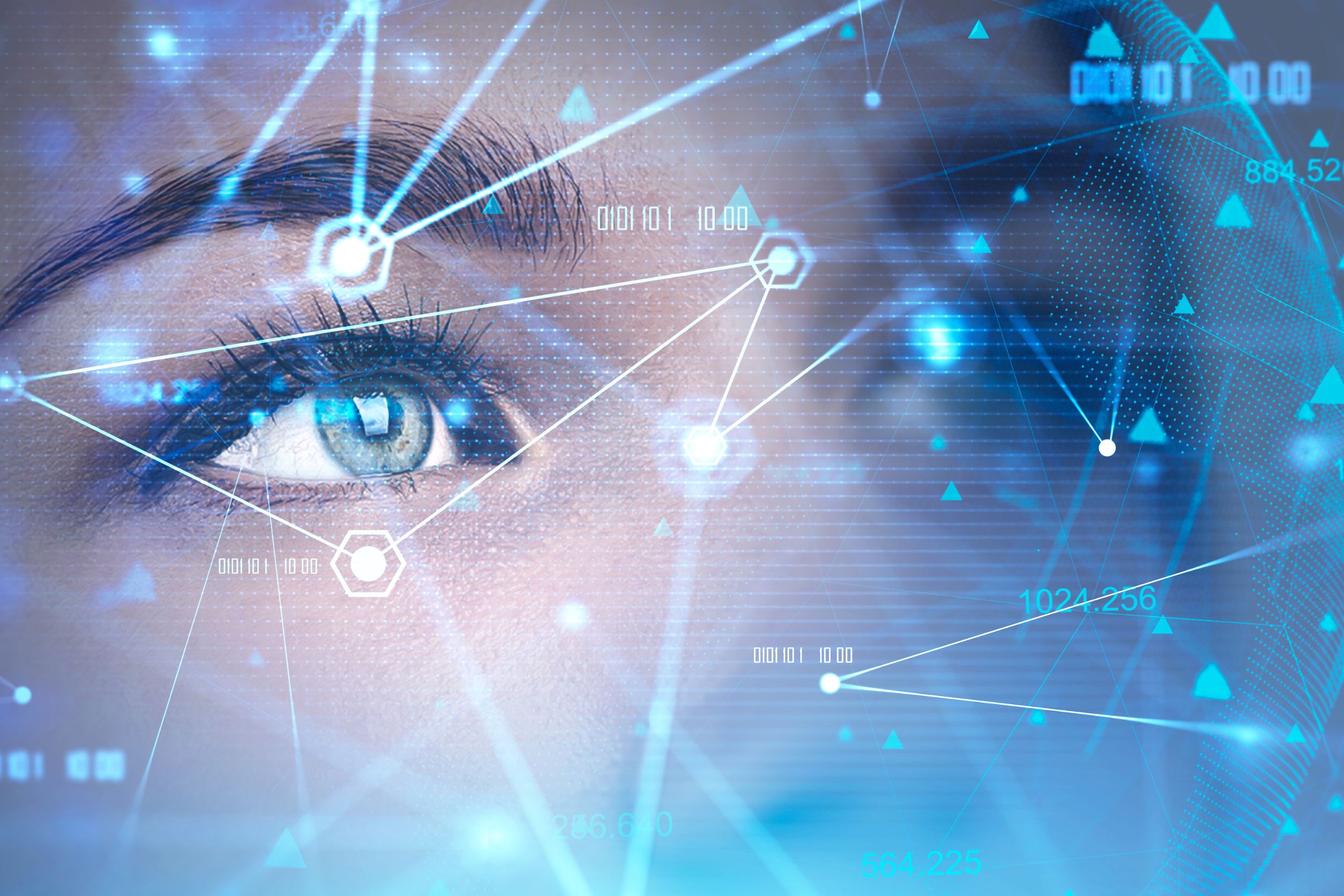
Just because AI can process information quickly doesn’t mean it’s always correct. AI systems are as prone to errors as the data and algorithms they rely on. Mistakes can happen, especially when AI is applied in new contexts where the training data may not be sufficient.
These errors can sometimes be amplified if not caught early, which is why human oversight remains crucial. Acknowledging AI’s fallibility helps in designing systems that anticipate and correct errors.
5. AI Understands and Processes Emotions Like Humans

While advances in natural language processing and machine learning have enabled AI to interpret and respond to human emotions more effectively, it’s not the same as understanding them. AI systems like chat bots can detect sentiment in text and can be programmed to respond in ways that simulate empathy, but they don’t actually feel emotions.
Their “understanding” is purely computational, based on predefined algorithms that analyze words and speech patterns. This means AI can provide the illusion of empathy, which is useful in customer service applications, but it’s not genuine emotional engagement.
6. AI is Completely Objective
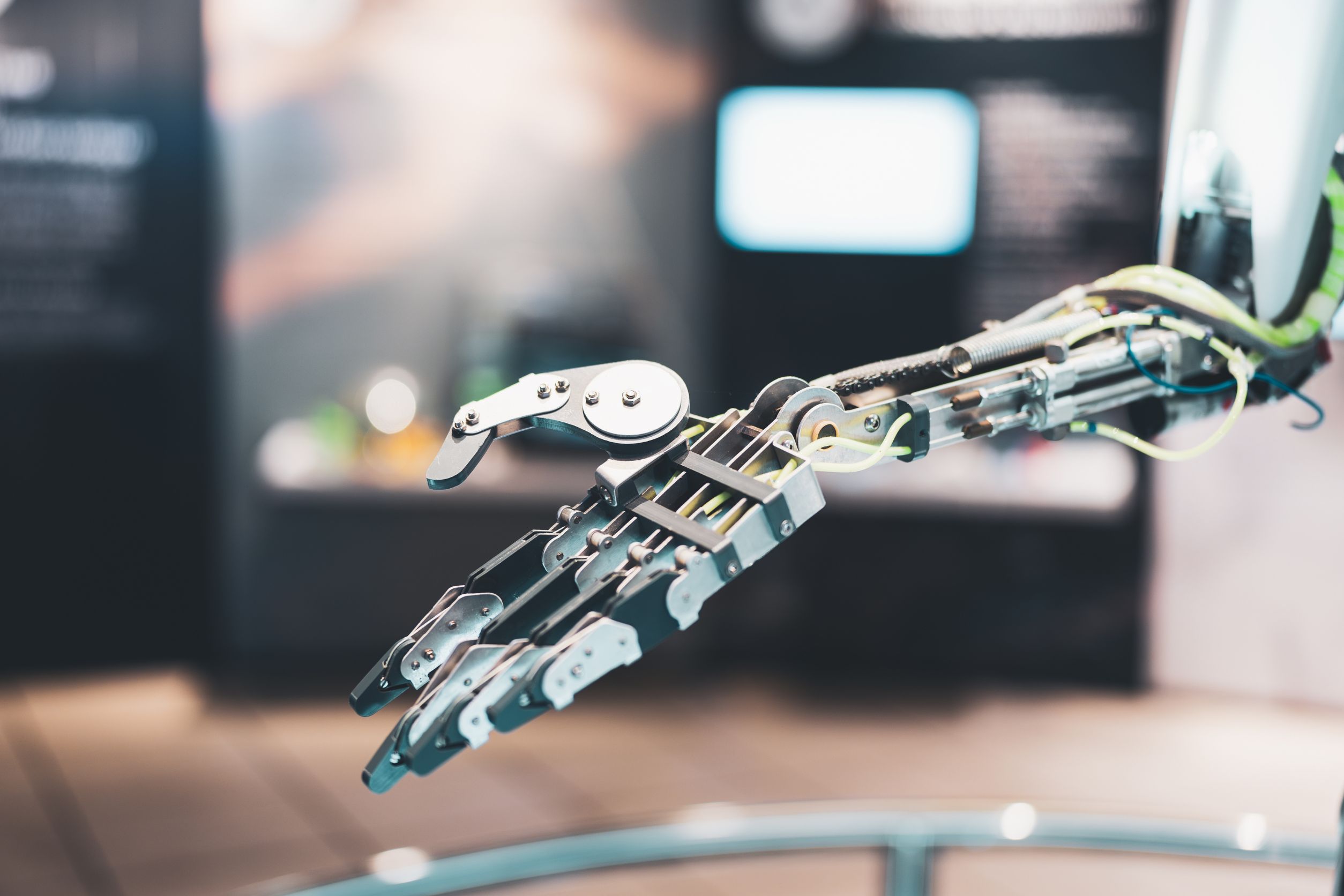
A common misconception is that AI is inherently unbiased. However, AI systems learn from data that may contain human biases. If the data used to train an AI model has biases, the AI’s outputs will likely reflect those biases. This is particularly significant in areas like hiring, law enforcement, and loan approvals, where biased AI can perpetuate inequalities. Therefore, AI isn’t just a set-it-and-forget-it solution; it requires ongoing checks to ensure fairness and accuracy.
7. AI is a Singular Technology
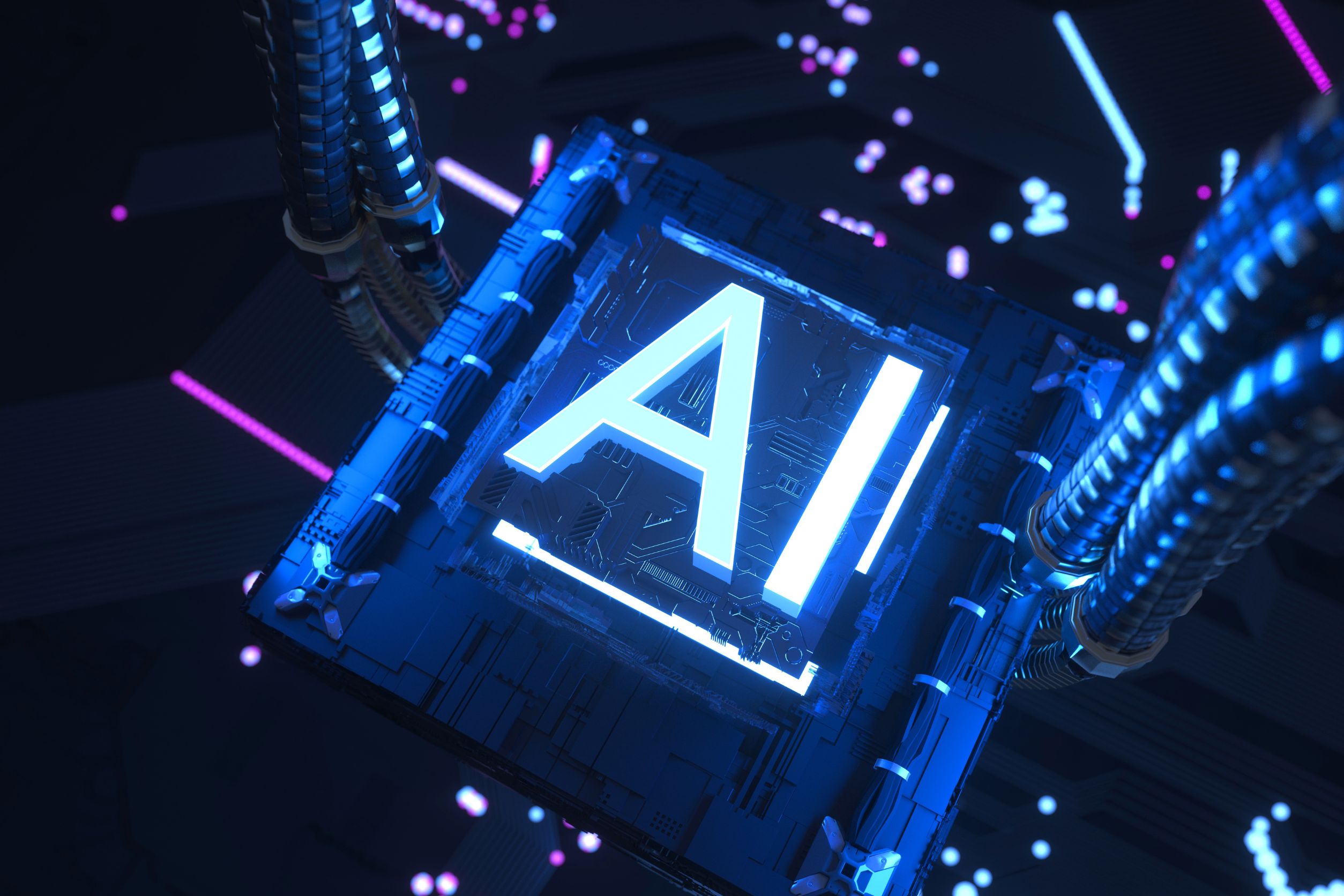
Referring to AI as if it’s a monolithic technology is misleading. AI encompasses a range of technologies and techniques, from machine learning and neural networks to natural language processing and robotics. Each has its own applications, strengths, and limitations. This diversity means that the development and implementation of AI are highly specialized and contextual, tailored to specific tasks and industries.
8. AI Can Fully Automate Complex Decisions

While AI can support decision-making, it’s not currently capable of managing complex decisions that require deep contextual understanding or moral considerations. Complex decision-making involves nuances that AI systems are currently unable to fully grasp, such as navigating ethical dilemmas or understanding cultural subtleties. Humans are still needed to make the final call in many scenarios, especially those involving significant consequences or ethical considerations.
9. AI Doesn’t Need Humans Once It’s Trained
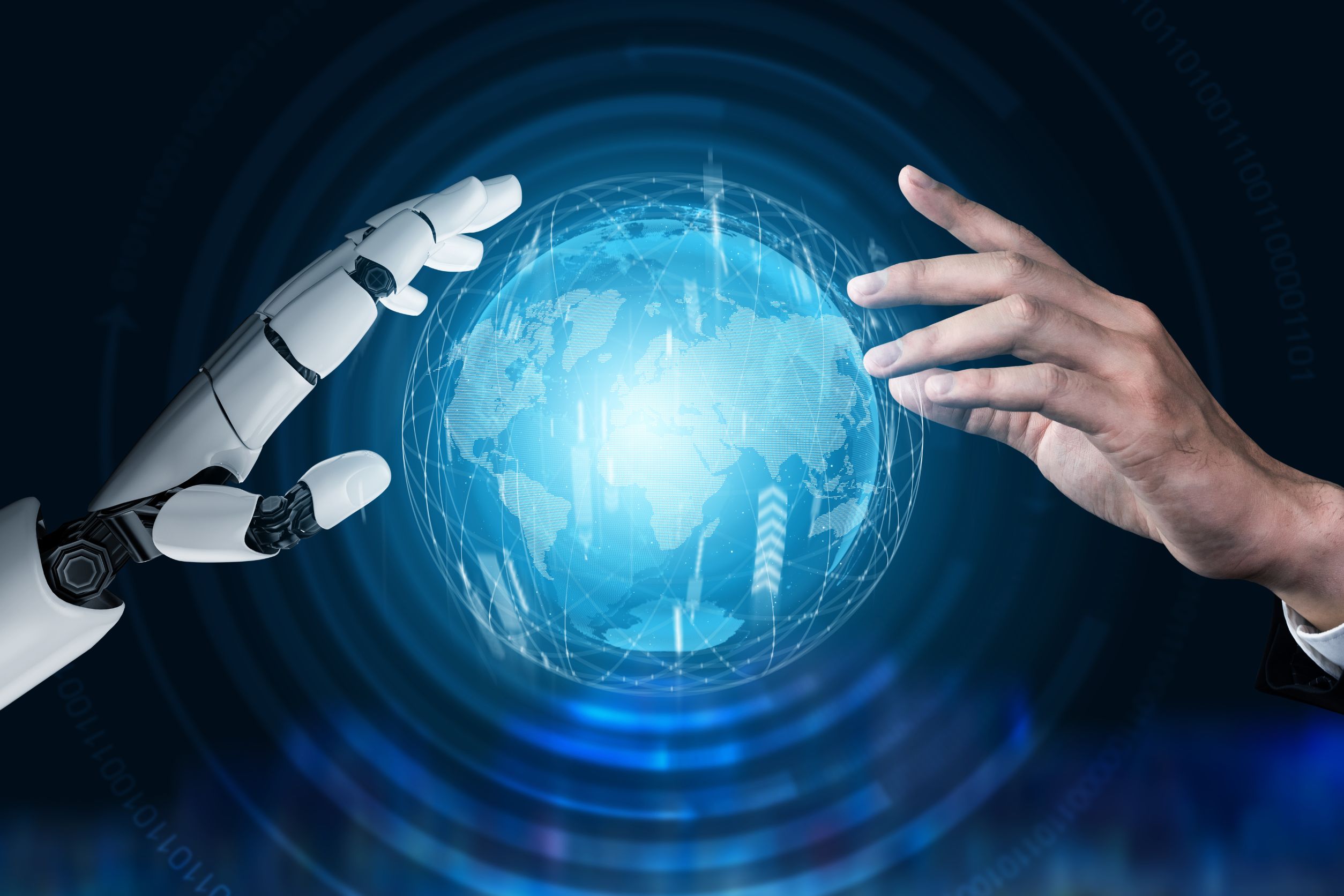
Contrary to the set-it-and-forget-it myth, AI systems require continuous training and fine-tuning. As the world changes, the data that AI systems were trained on can become outdated.
Human expertise is essential not only in the initial training of AI systems but also in their ongoing maintenance and improvement. This ongoing interaction ensures that AI systems remain effective and relevant.
10. AI is Just a Trend
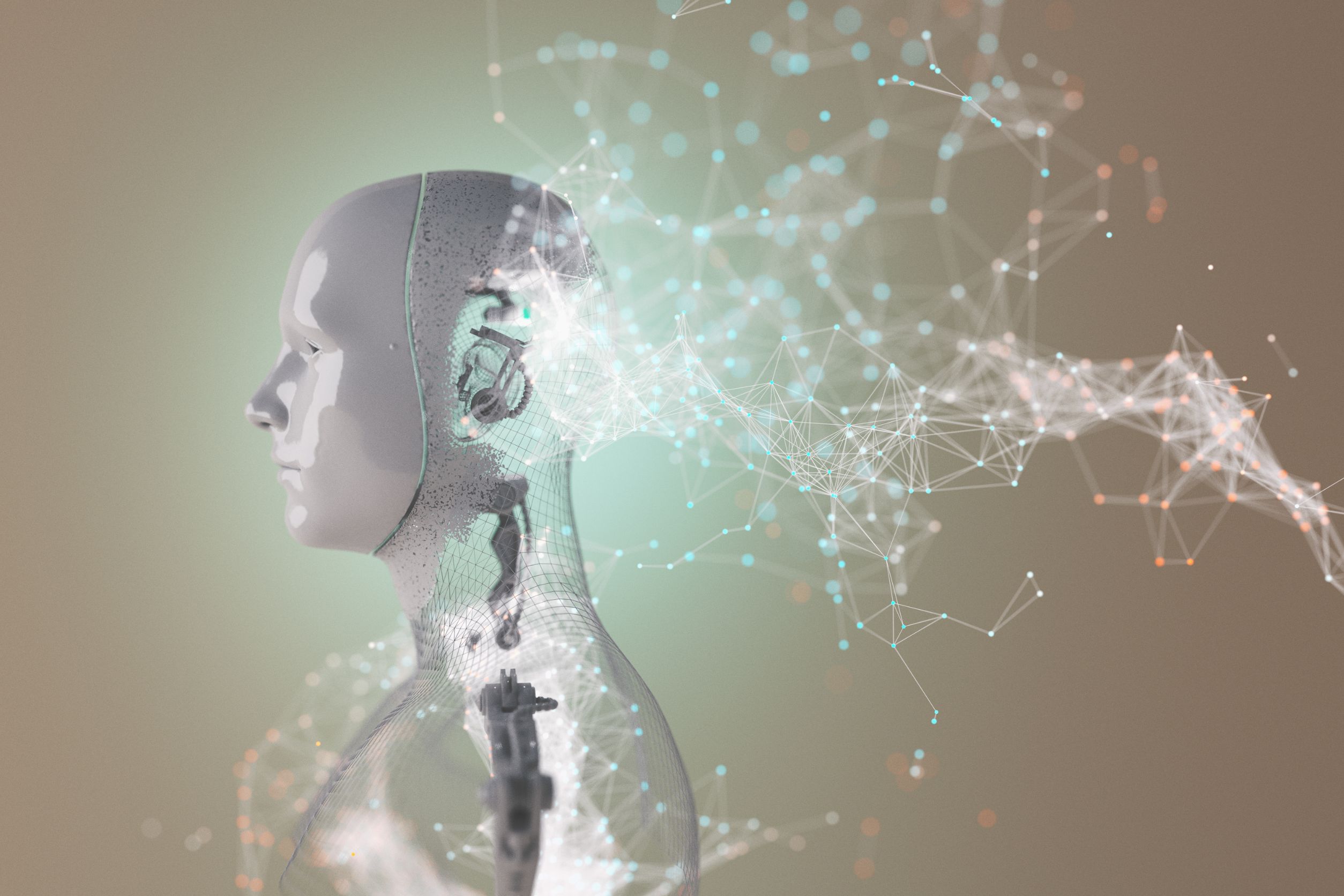
Some people dismiss AI as a passing trend, but it’s proving to be a fundamental technology that’s reshaping industries. From healthcare and finance to education and entertainment, AI’s impact is profound and growing. It’s not just about automation; AI is enabling new forms of innovation and efficiency that were previously unimaginable.
The Reality Behind the AI Buzz
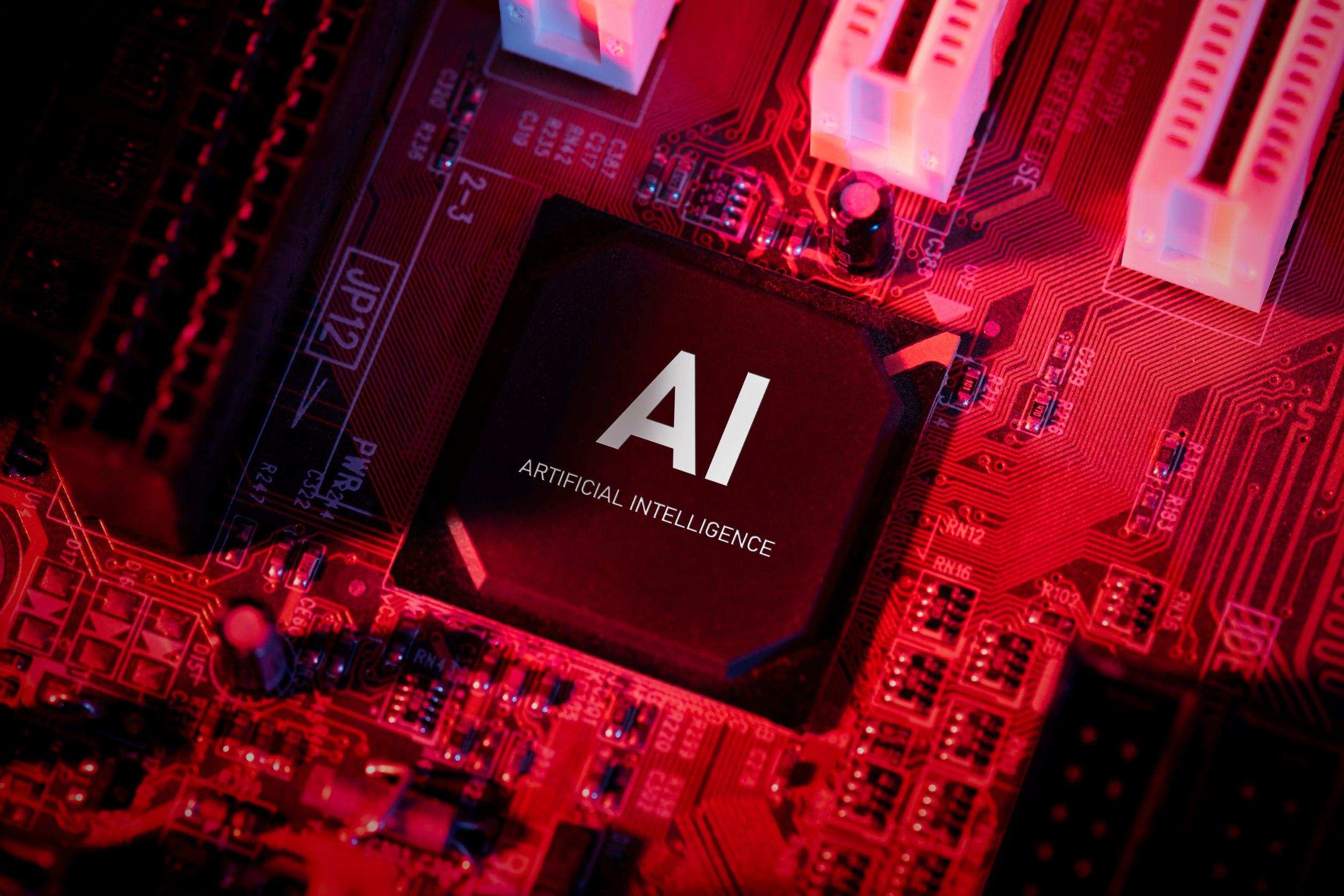
AI is undoubtedly a powerful tool, but it’s not an all-powerful oracle. Understanding what AI can and cannot do is essential for leveraging its capabilities responsibly and effectively. As we continue to integrate AI into various aspects of life, staying informed and critical of these myths will help us navigate the future more wisely. By demystifying AI, we can focus on its practical applications and the real benefits it brings.
Read More
Home Technologies That Will Improve Your Quality of Life
Using Advancements in Technology to Grow Your Business

Vanessa Bermudez is a content writer with over eight years of experience crafting compelling content across a diverse range of niches. Throughout her career, she has tackled an array of subjects, from technology and finance to entertainment and lifestyle.
In her spare time, she enjoys spending time with her husband and two kids. She’s also a proud fur mom to four gentle giant dogs.
